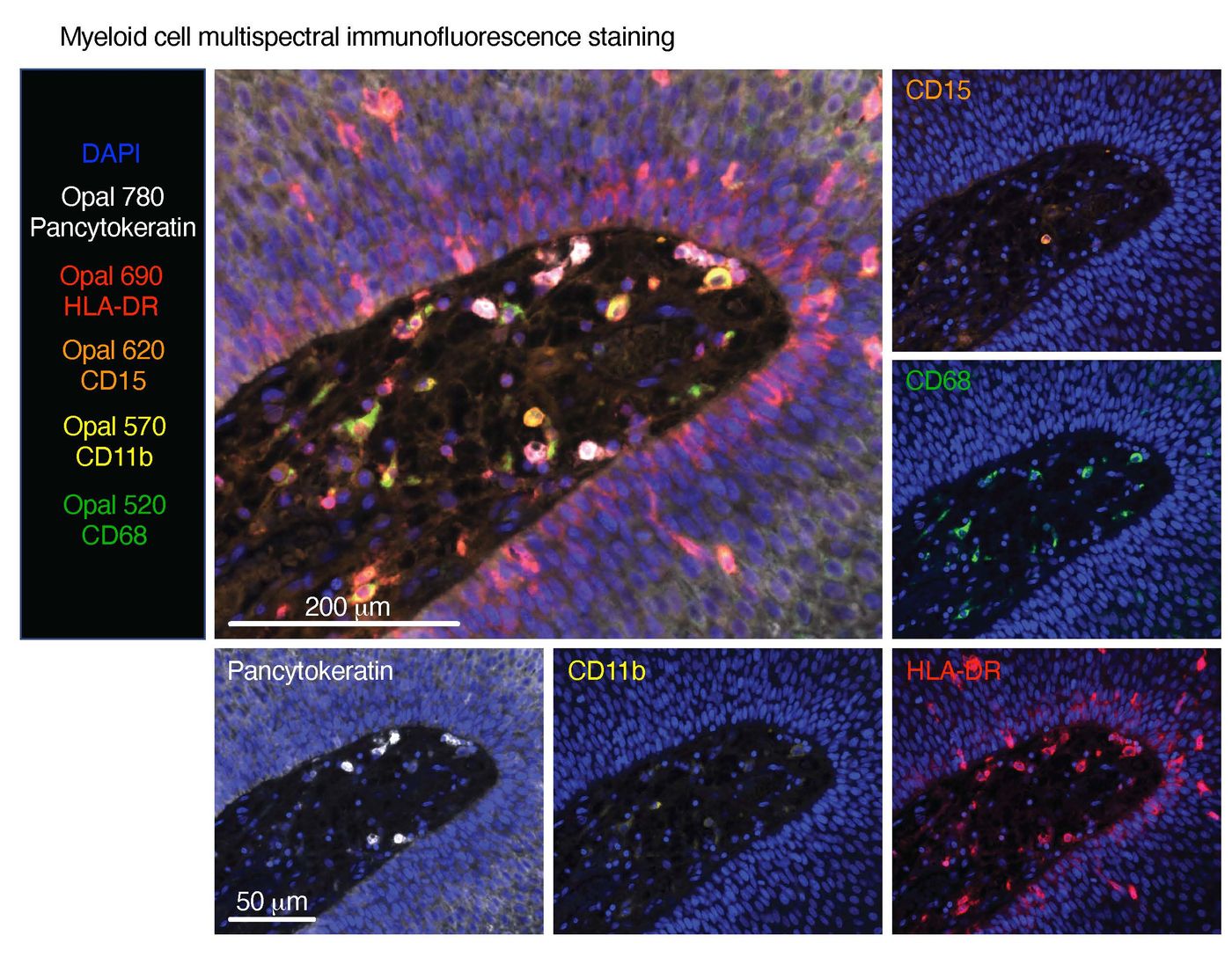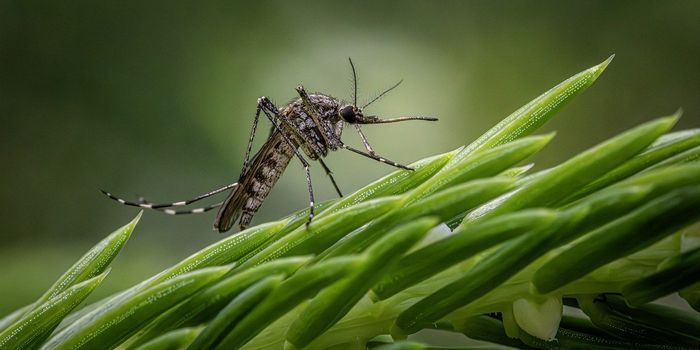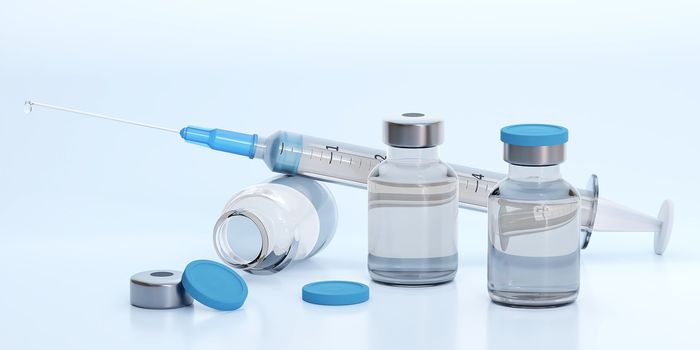HPV Vaccine Developed to Fight Throat Nodules
Human papillomavirus (HPV) is a terrifying infection that causes a variety of pain and hardship to those who contract it. Associated with cervical cancer, certain types of the virus (HPV 6 and 11) are responsible for a rare disorder that causes nodules to continually develop on the sensitive tissue of the vocal cords and upper throat.
Individuals living with recurrent respiratory papillomatosis (RRP) face a challenging journey. The infection's central feature is the perpetual growth of wart-like nodules known as papillomas. These growths plague the upper airway and affect an individual's ability to speak, swallow, and even breathe. Individuals with RRP often endure dozens, if not hundreds, of surgical procedures throughout their lives to combat their papillomas. Sadly, even after laser removal, the papillomas will continue to return because RRP is a condition without a known cure. It's a daily battle that has garnered the attention of medical researchers.
A new therapeutic treatment is being developed thanks to immuno-oncologists at the Center for Cancer Research at the NIH. The HPV vaccine, currently recommended for all children aged 11 or 12, is believed to play a pivotal role in preventing the development of RRP and might also serve as a therapy for adults with RRP.
In a groundbreaking phase 1 clinical trial, scientists tested a new therapeutic vaccine called PRGN-2012 on 15 people with severe RRP. The therapeutic HPV vaccine was developed using a gorilla adenovirus vector and showed promising results for patients suffering from the rare airway disorder.
Study participants tolerated the vaccine remarkably well, experiencing only mild side effects. Normally patients have a less than 5% chance of experiencing a year with fewer than three surgeries. But in the study half of those treated with the highest vaccine dose did not need any surgeries in the year following treatment.
Detailed analyses indicated that the vaccine worked by expanding the population of T cells specific for HPV. The trial suggests that therapeutic vaccines have the potential to bolster the immune system's defenses against RRP, offering a glimmer of optimism for the future.
Representative immunofluorescence photomicrographs of myeloid cell marker staining Norberg et al., Science Translational Medicine (2023).
However, not all the patients in the study responded to the vaccine. These nonresponding participants featured more robust HPV gene expression and fewer T cells infiltrating papillomas. The findings suggest a complex interplay between papilloma cells and the vaccine response, providing valuable insights for future research.
While the battle against RRP is far from over, these promising clinical trial results are encouraging to say the least. The HPV vaccine and innovative therapeutic vaccines may yet become powerful tools, providing relief and brighter prospects for those who face this challenging infection.
Sources: Science Translational Medicine









